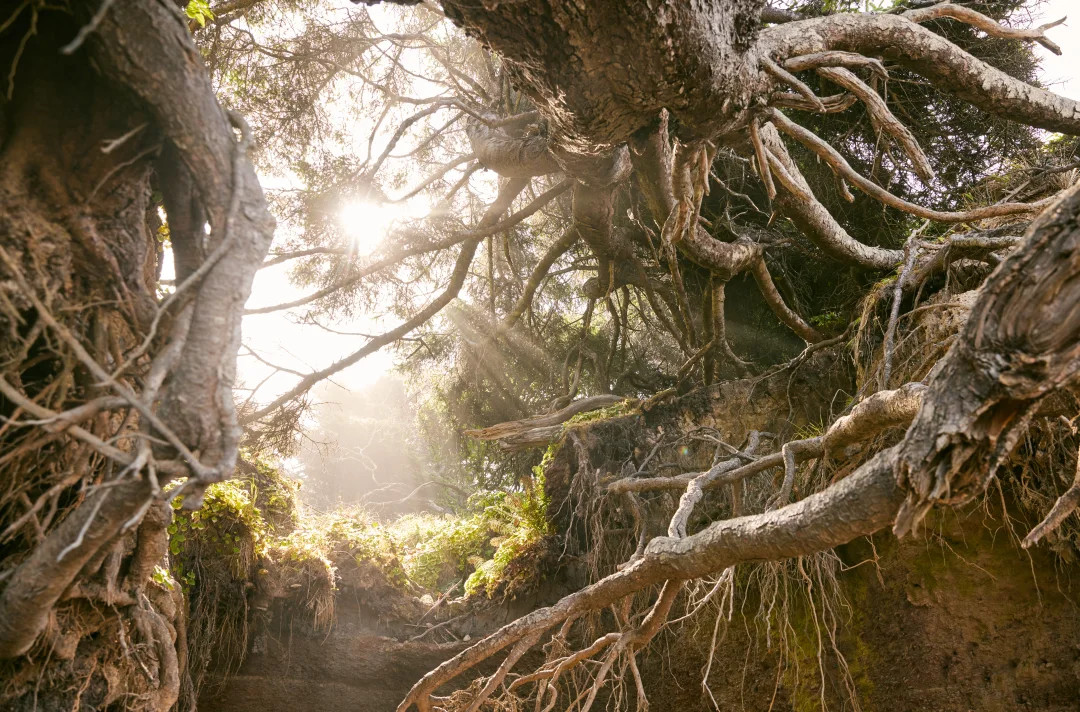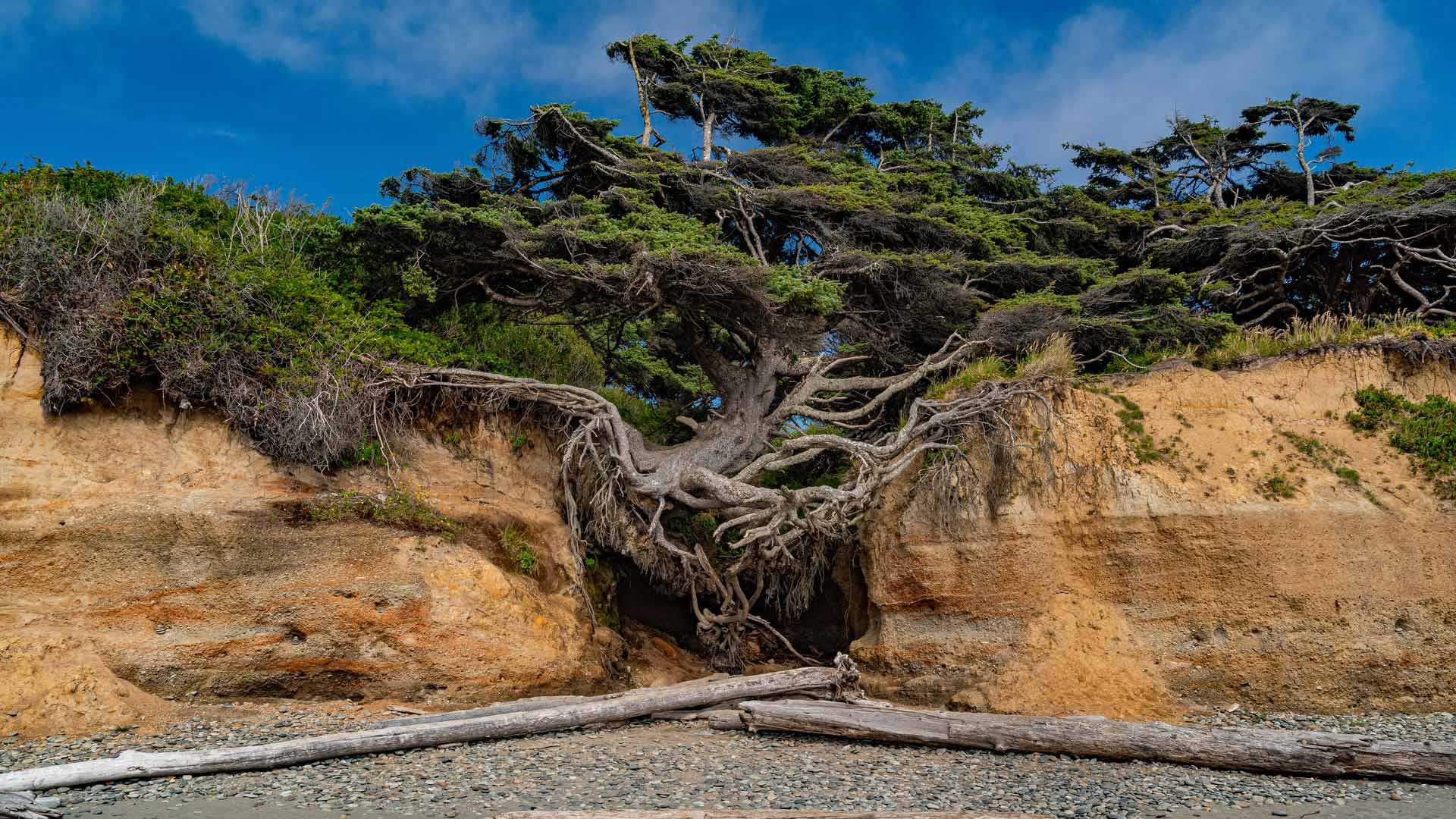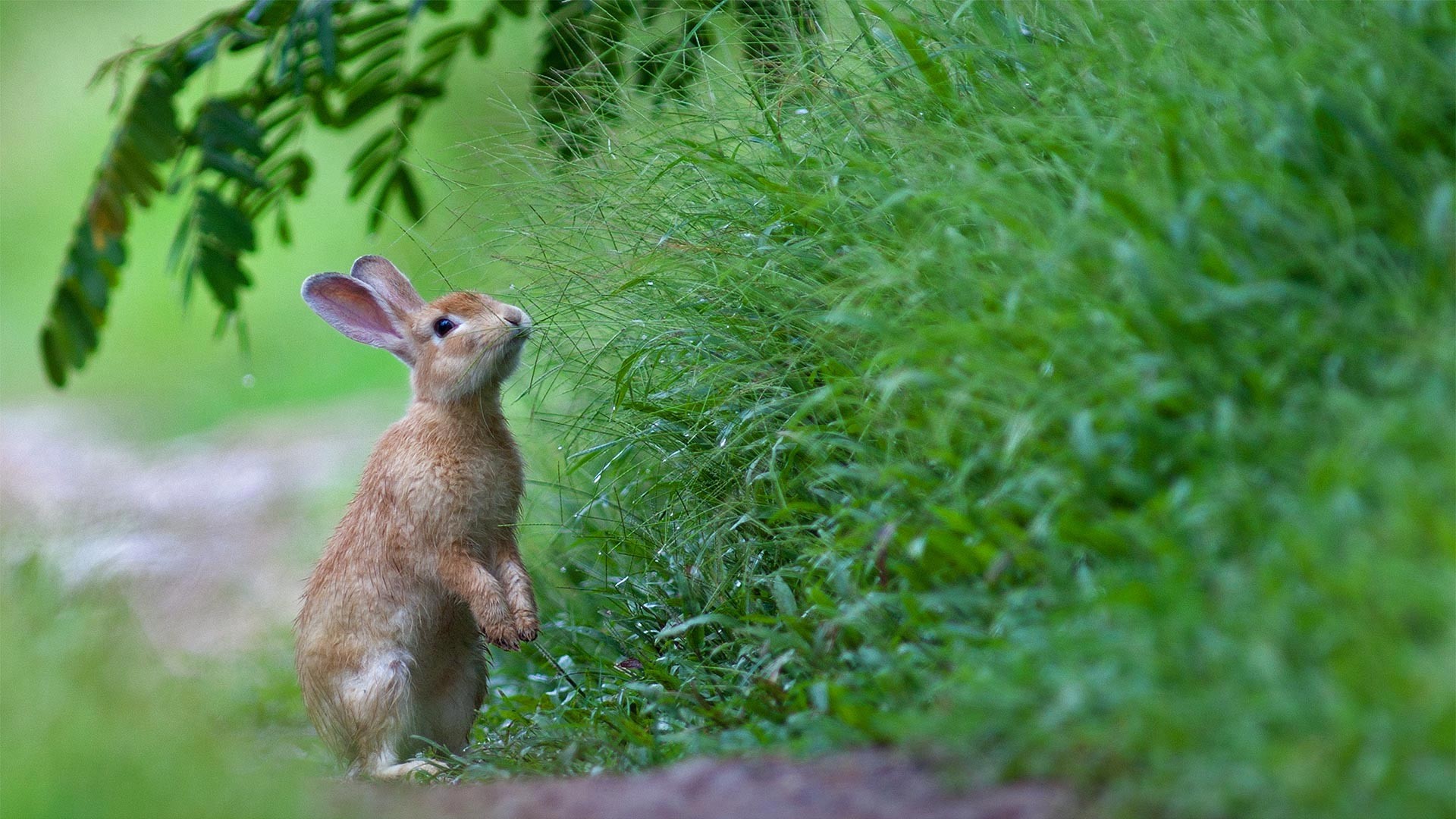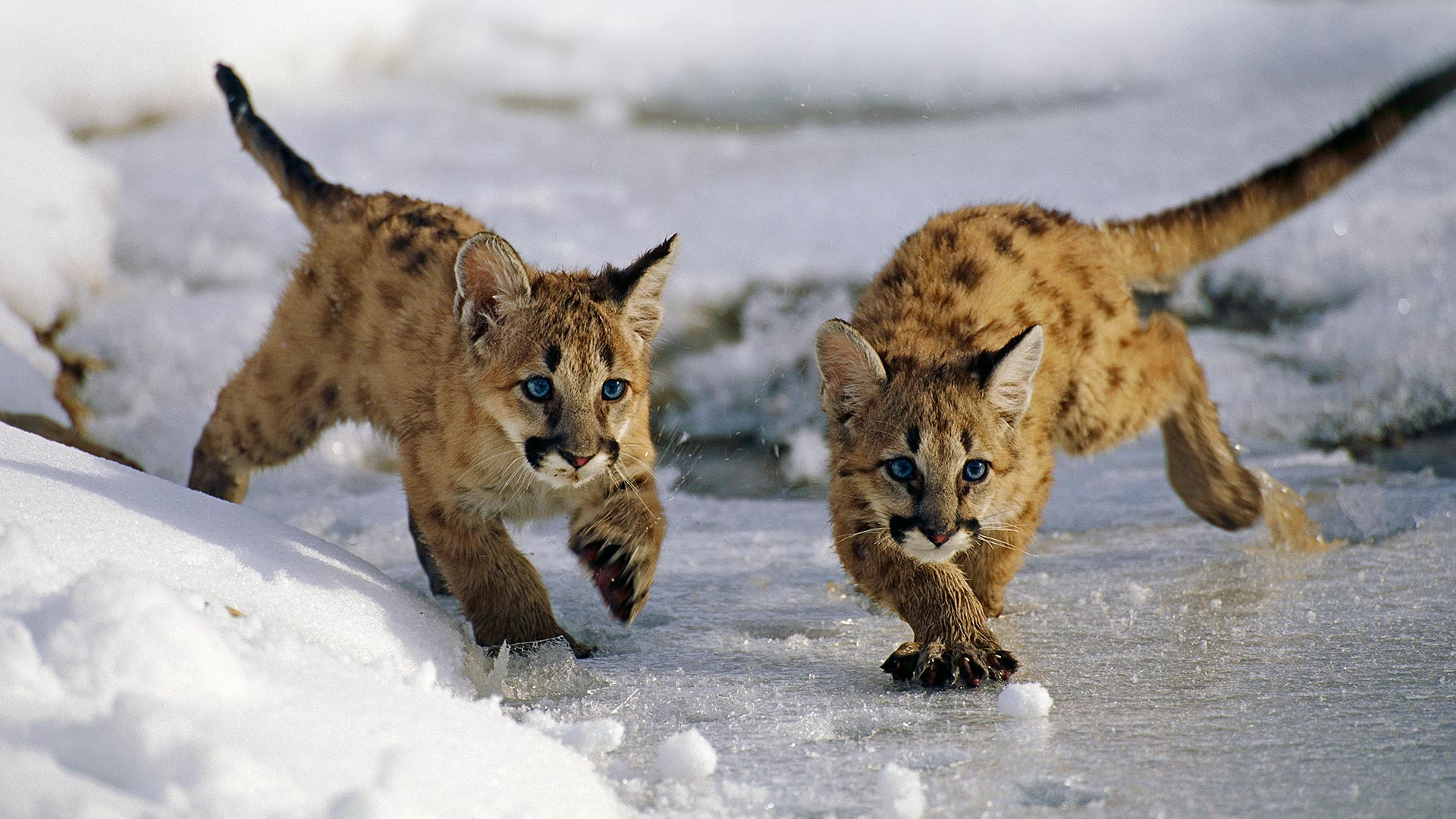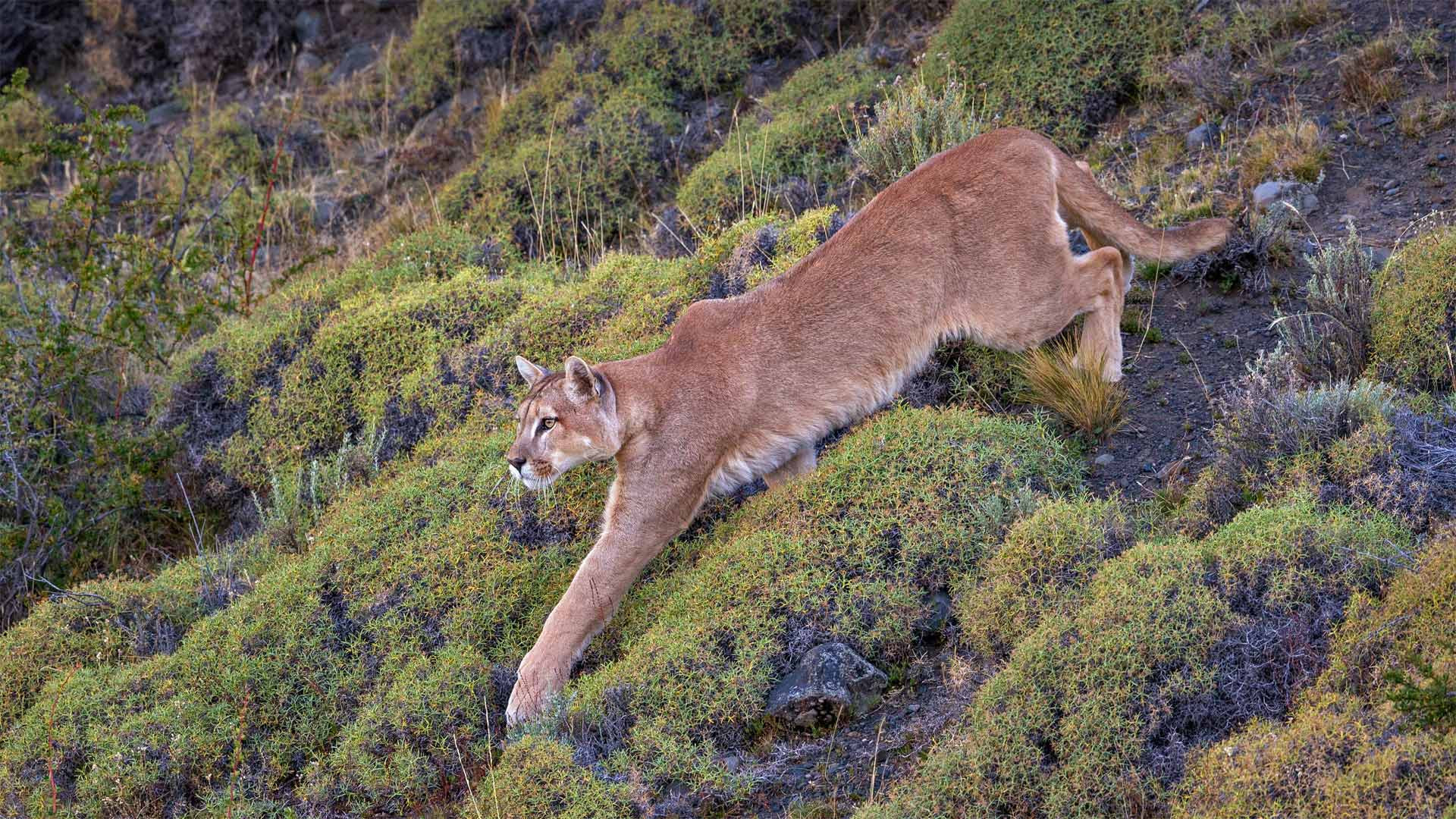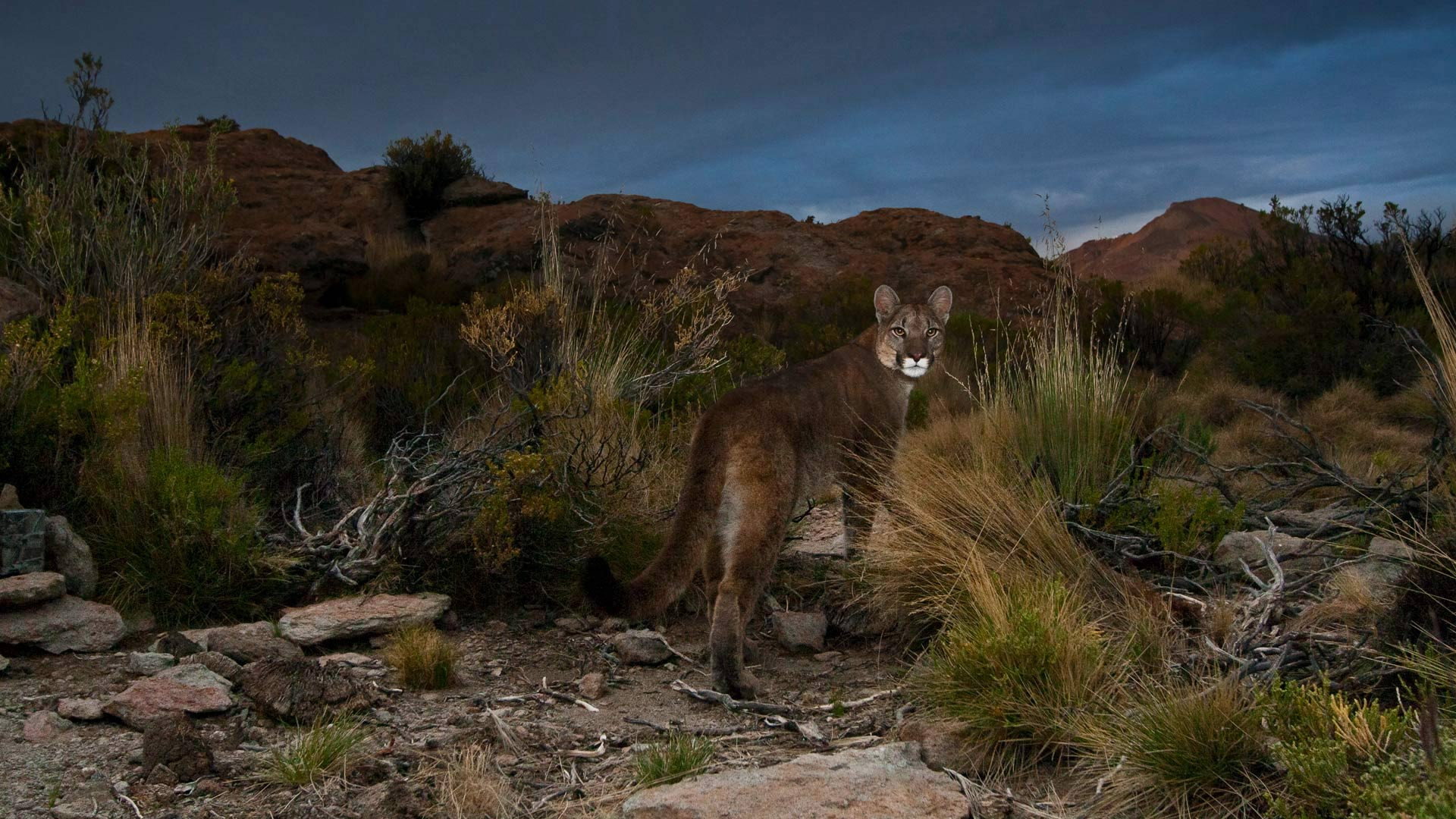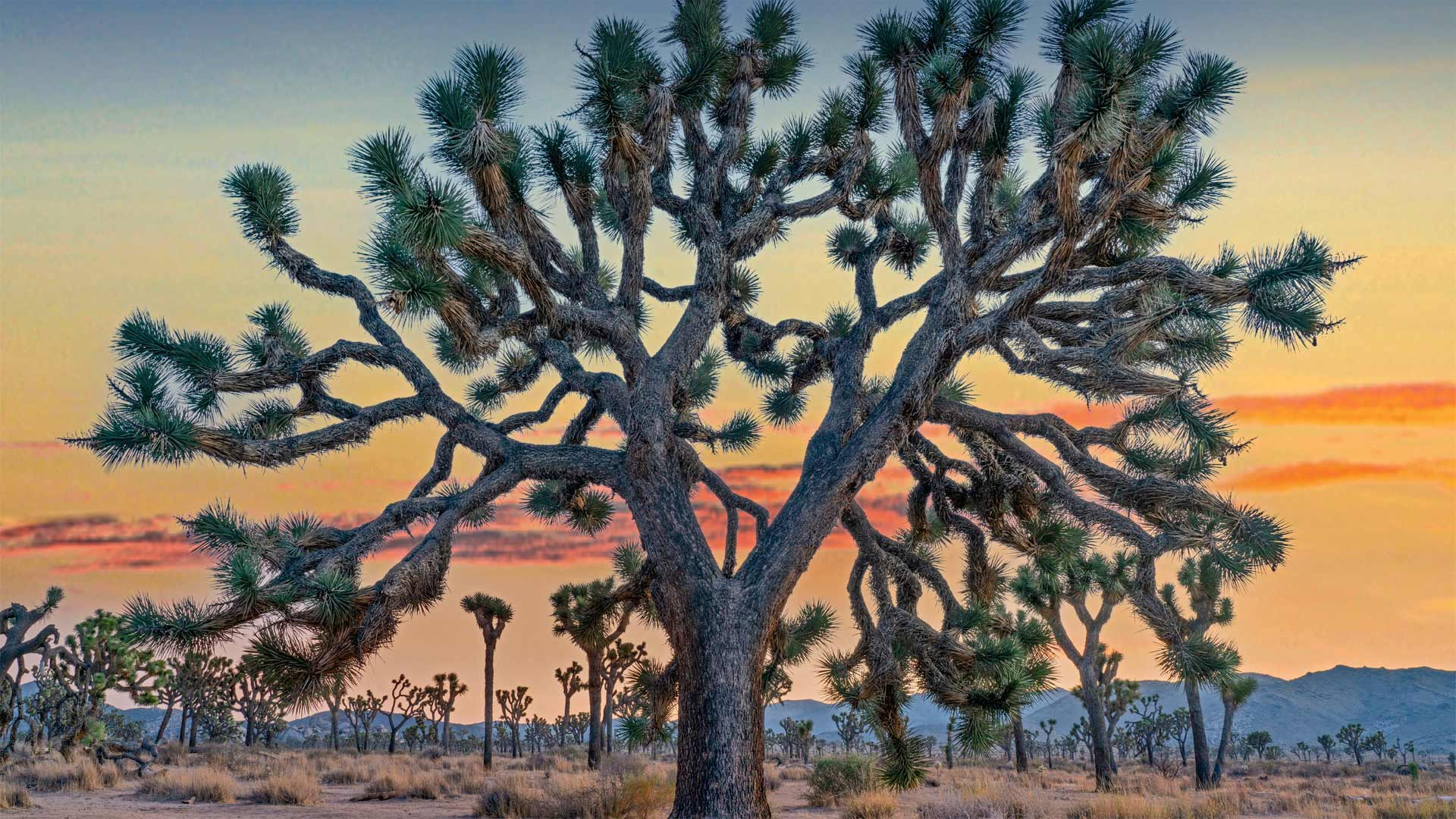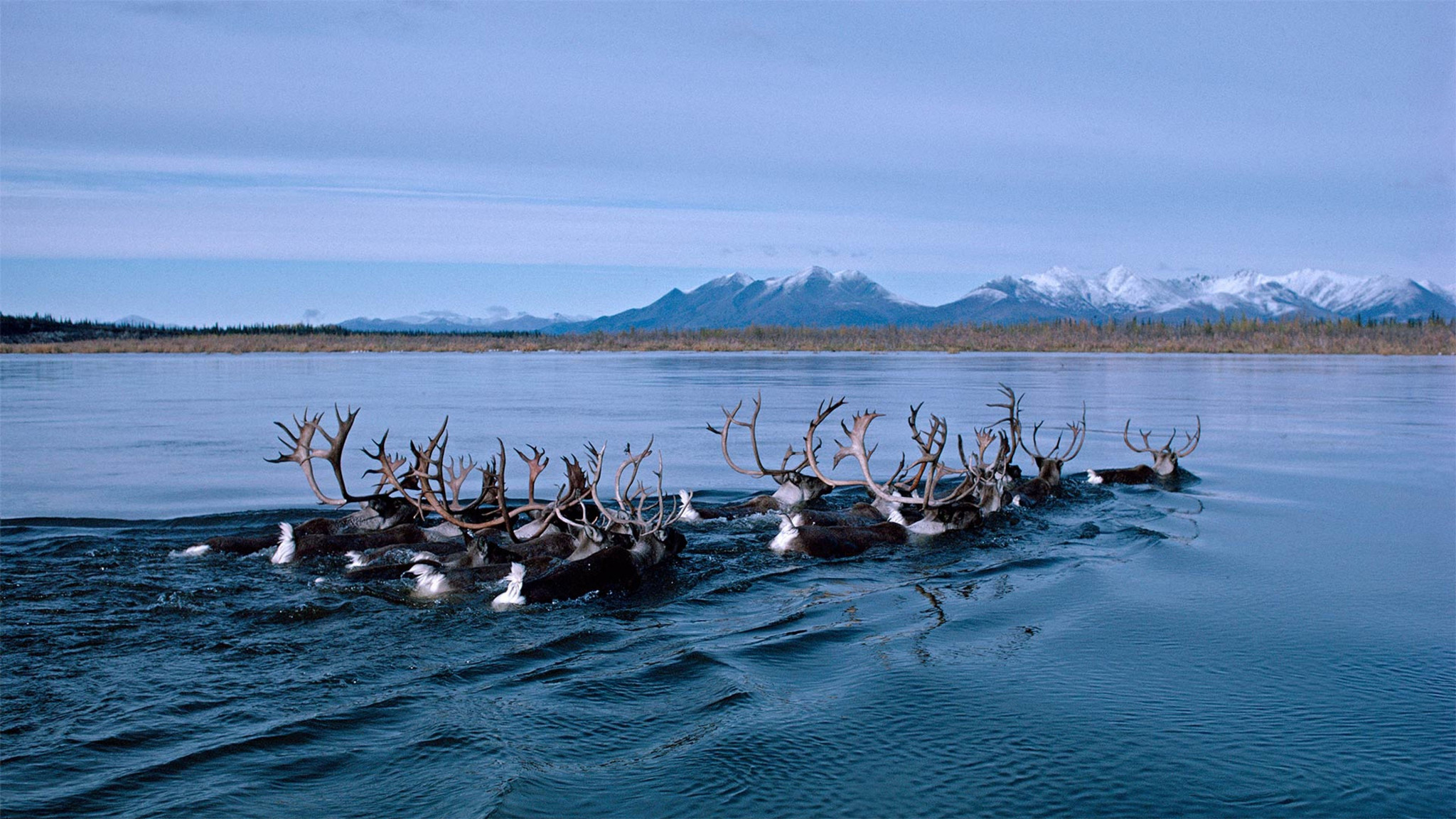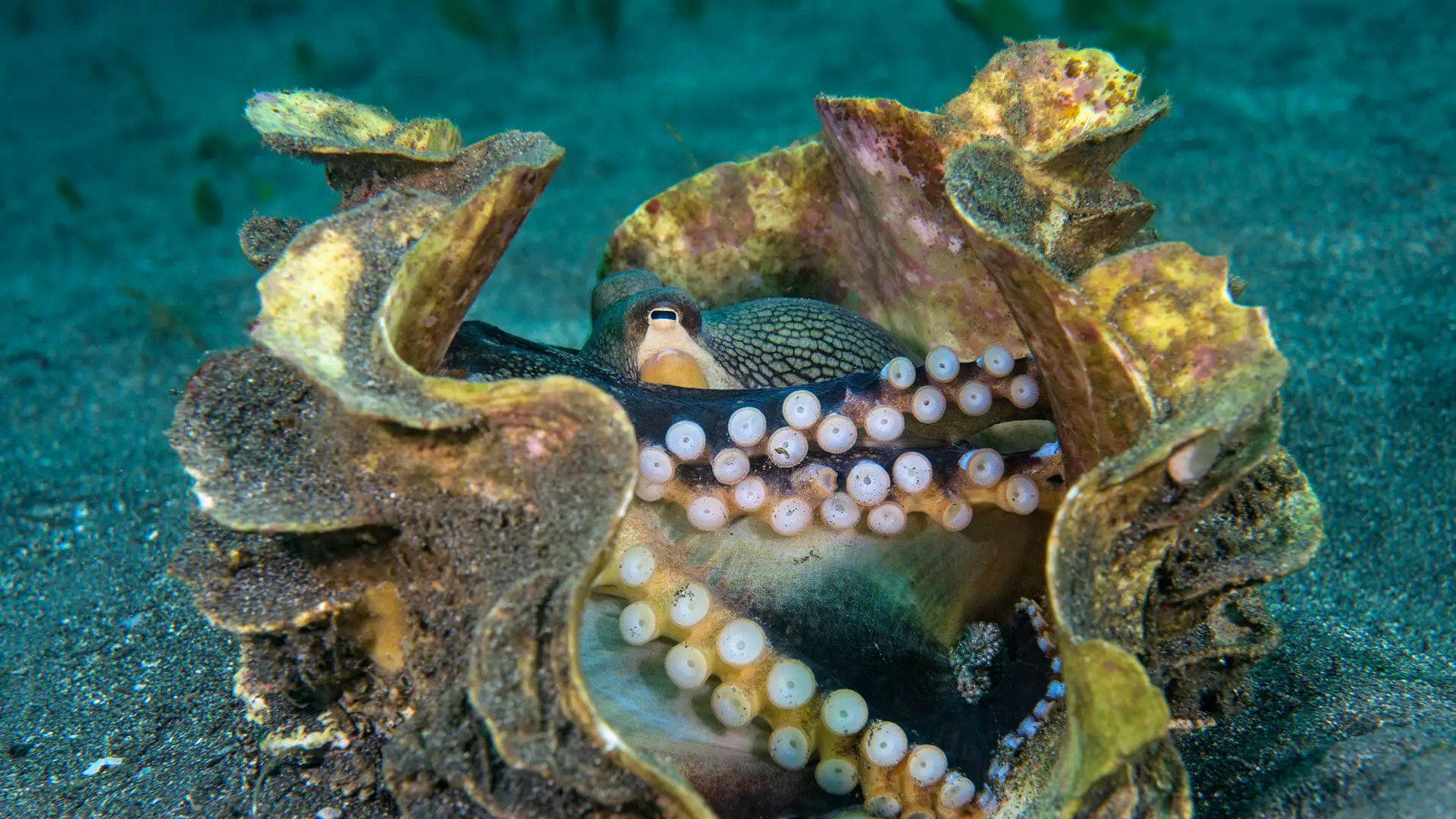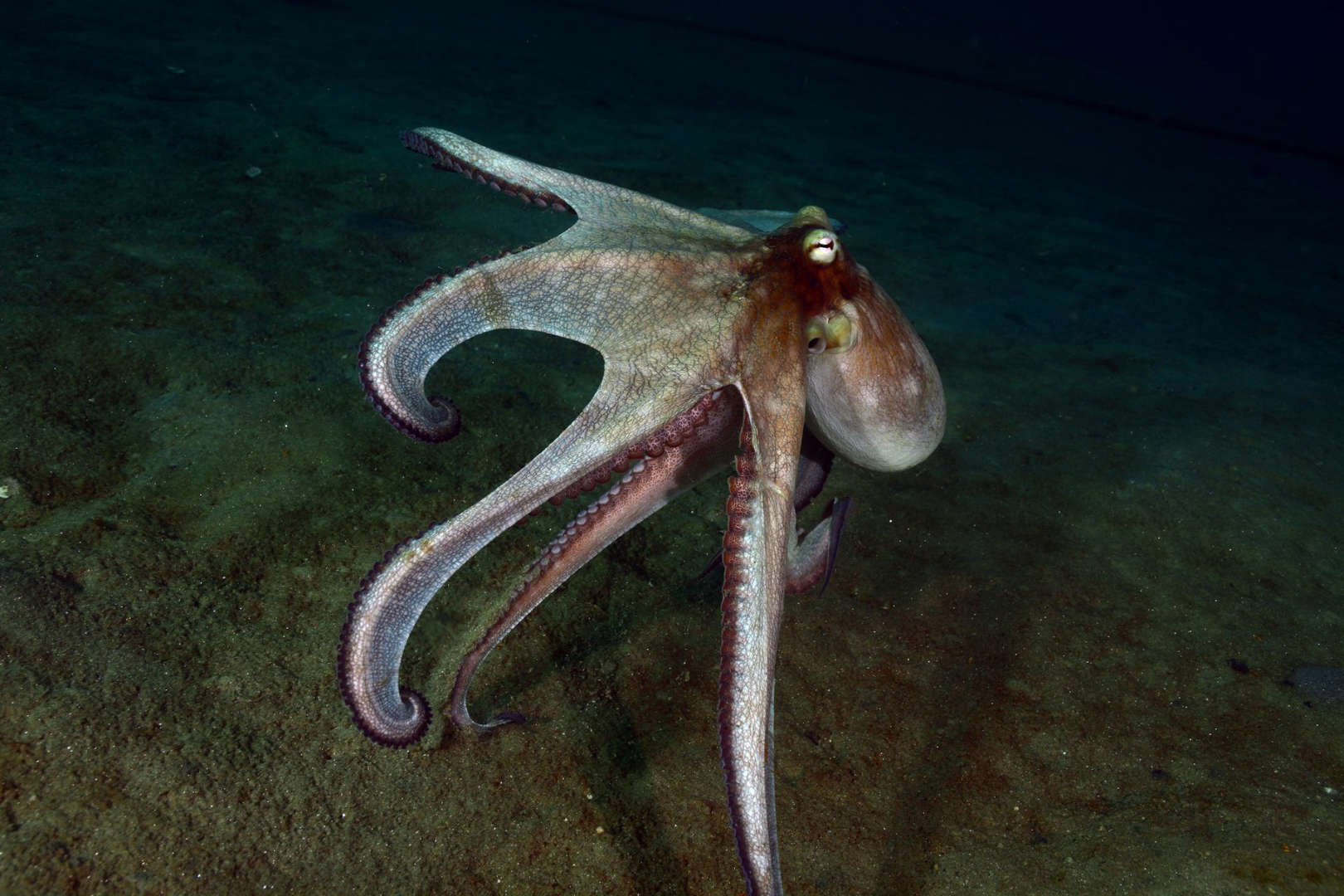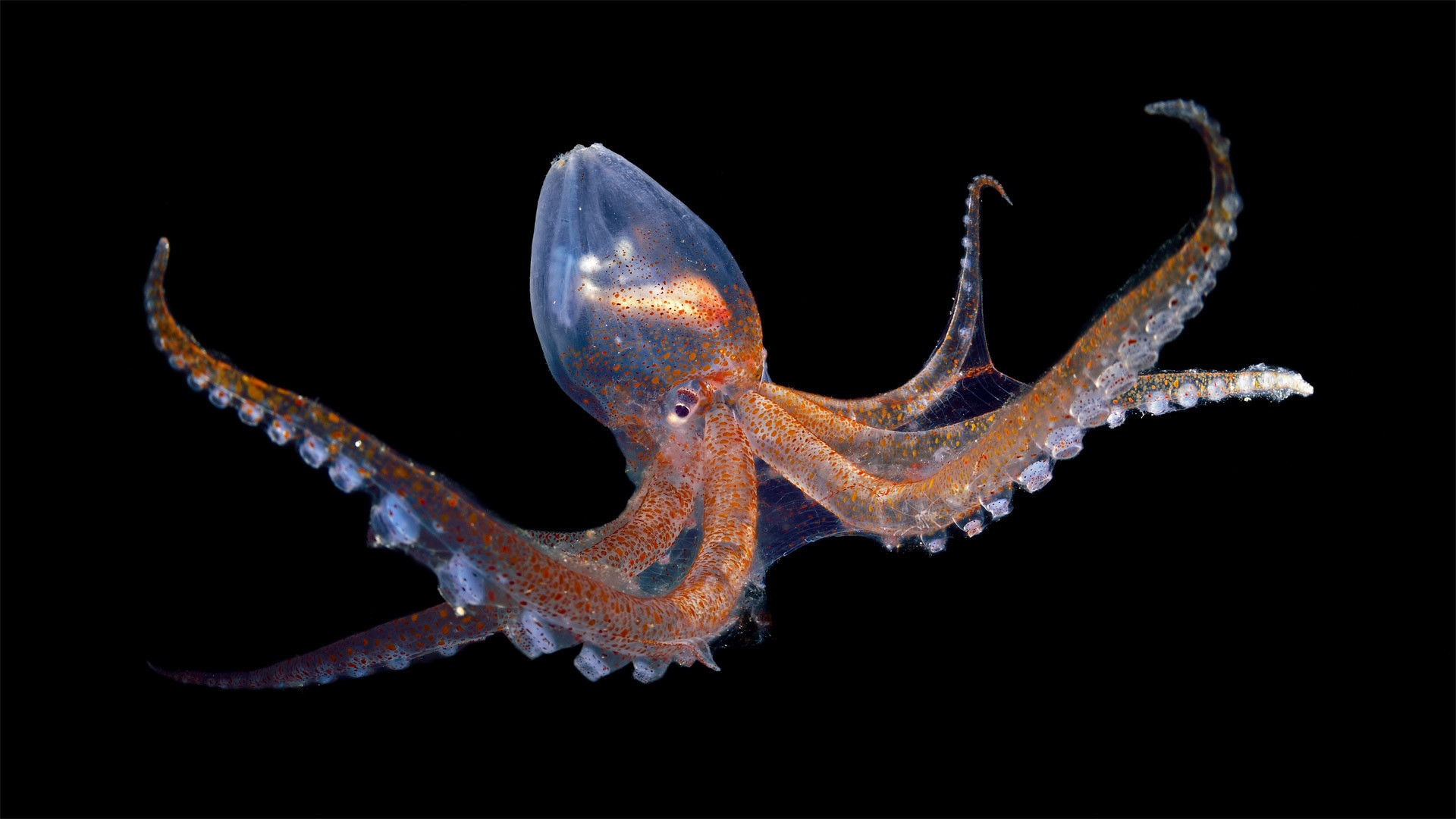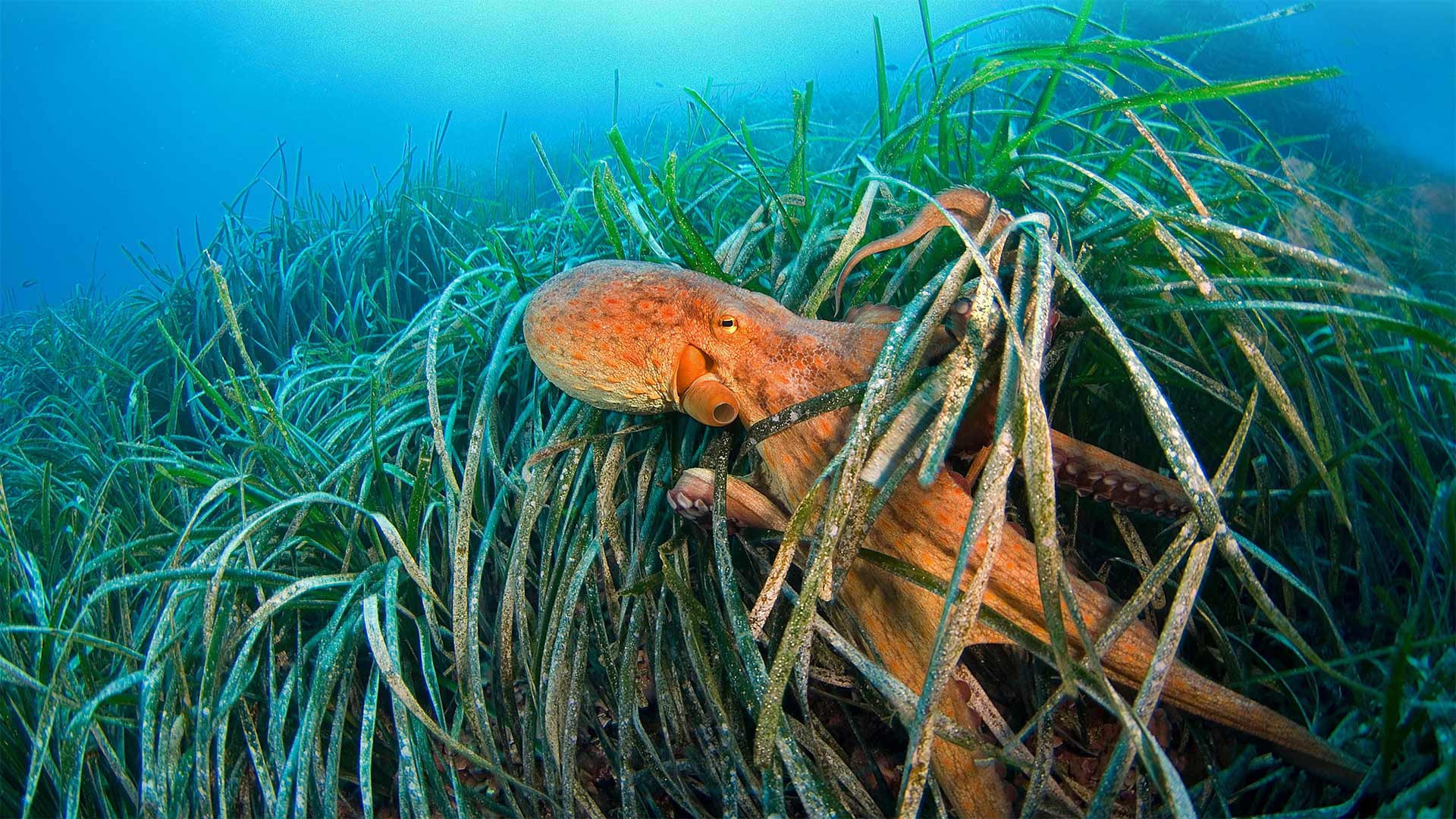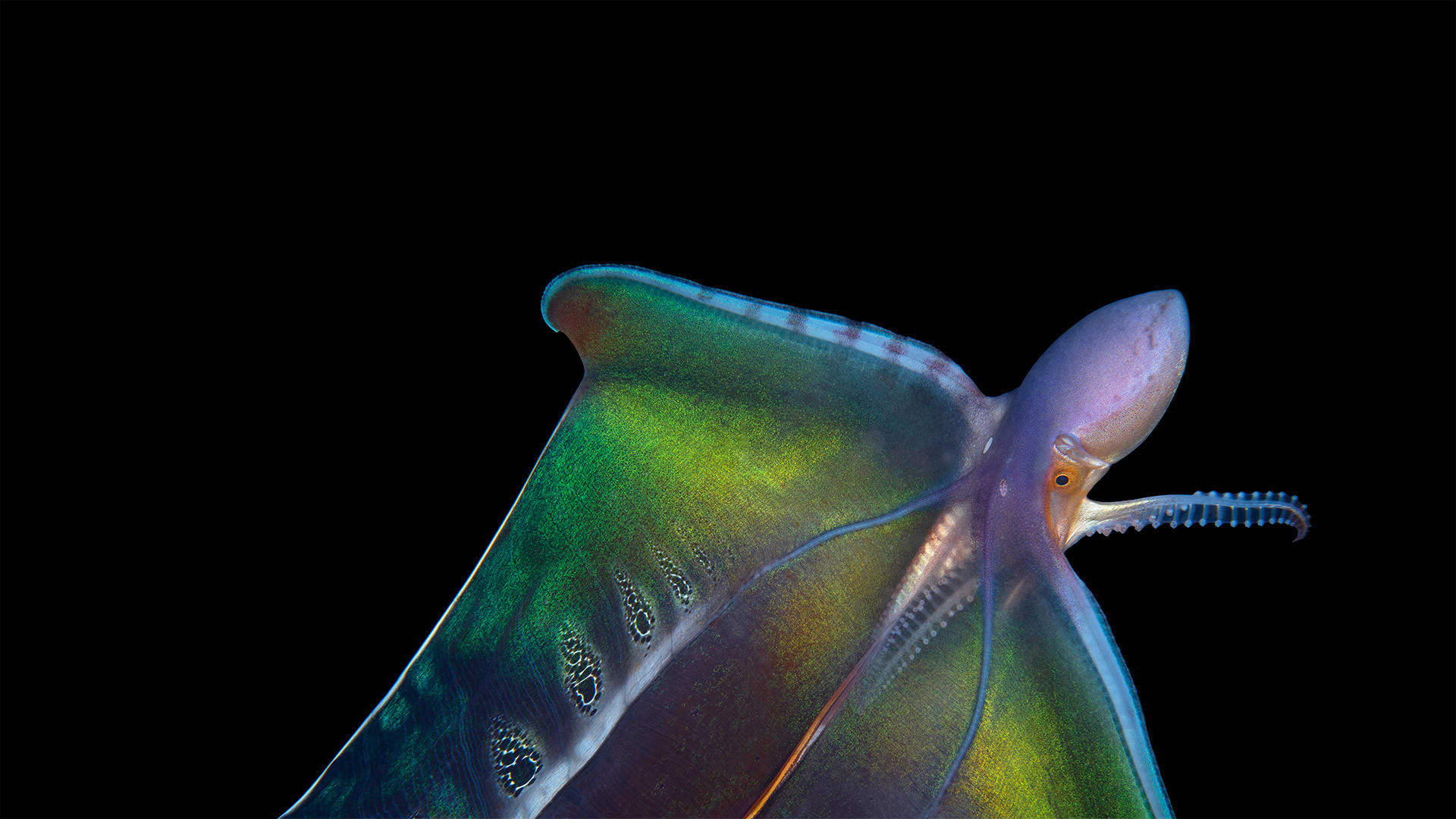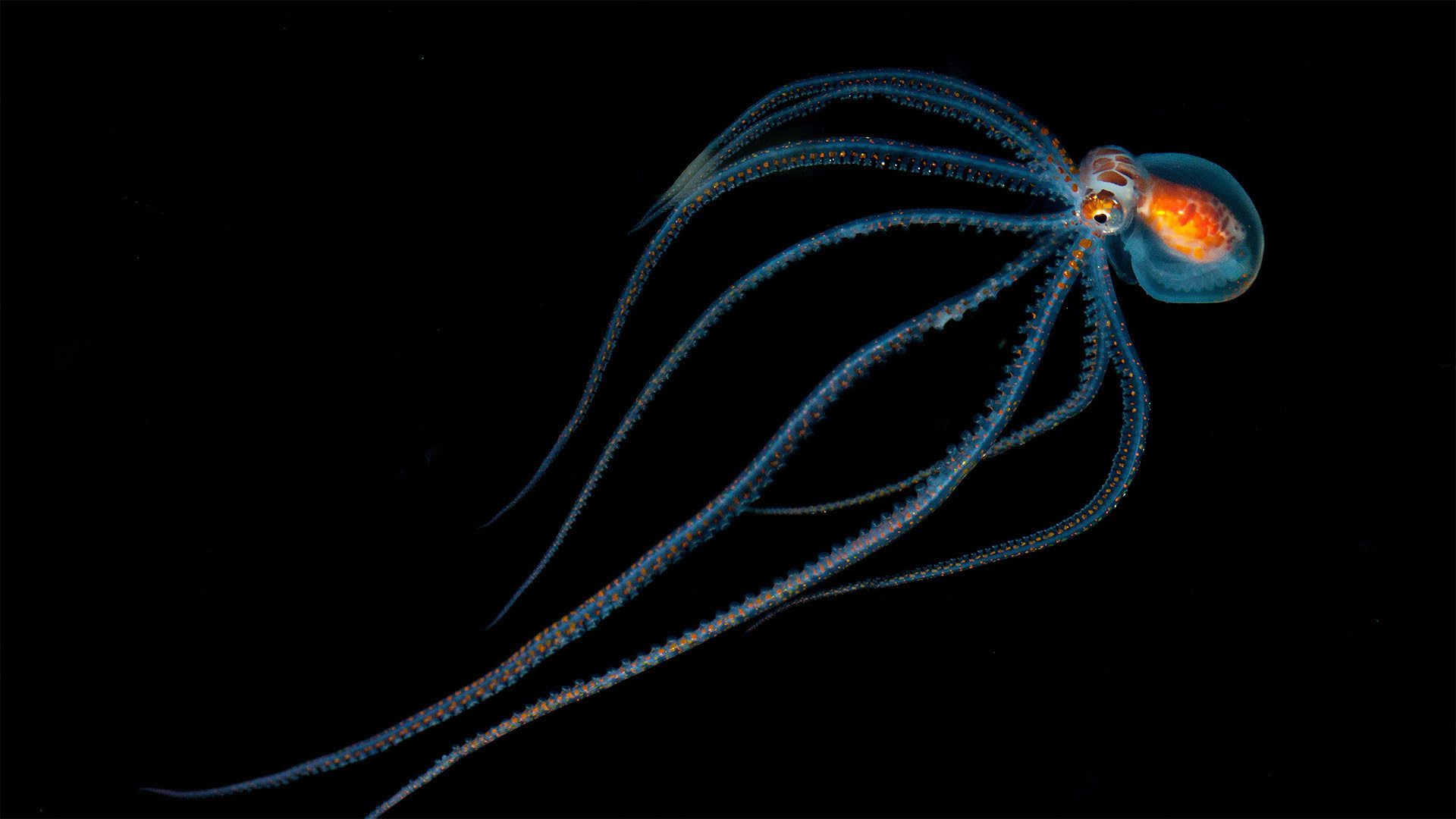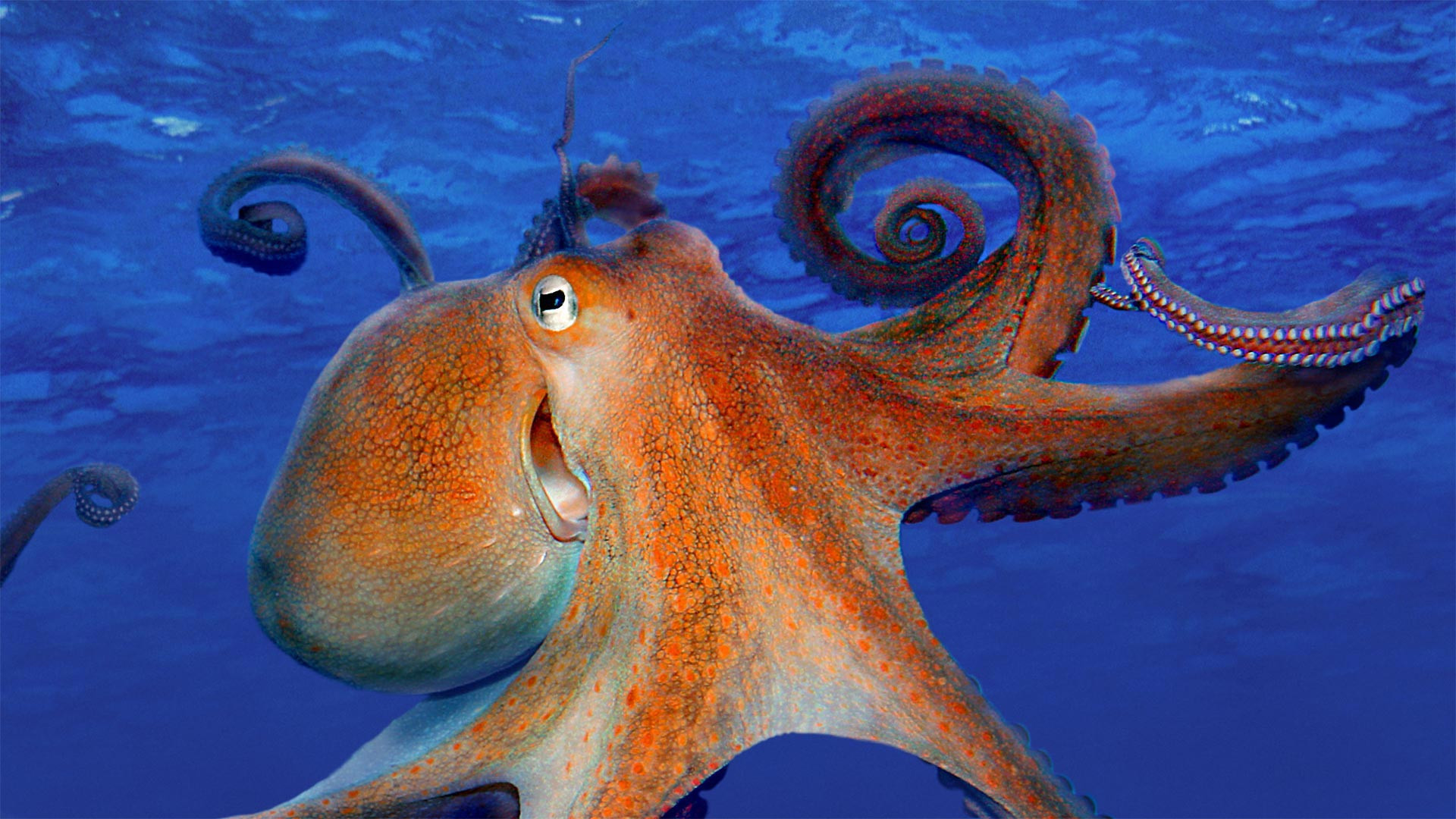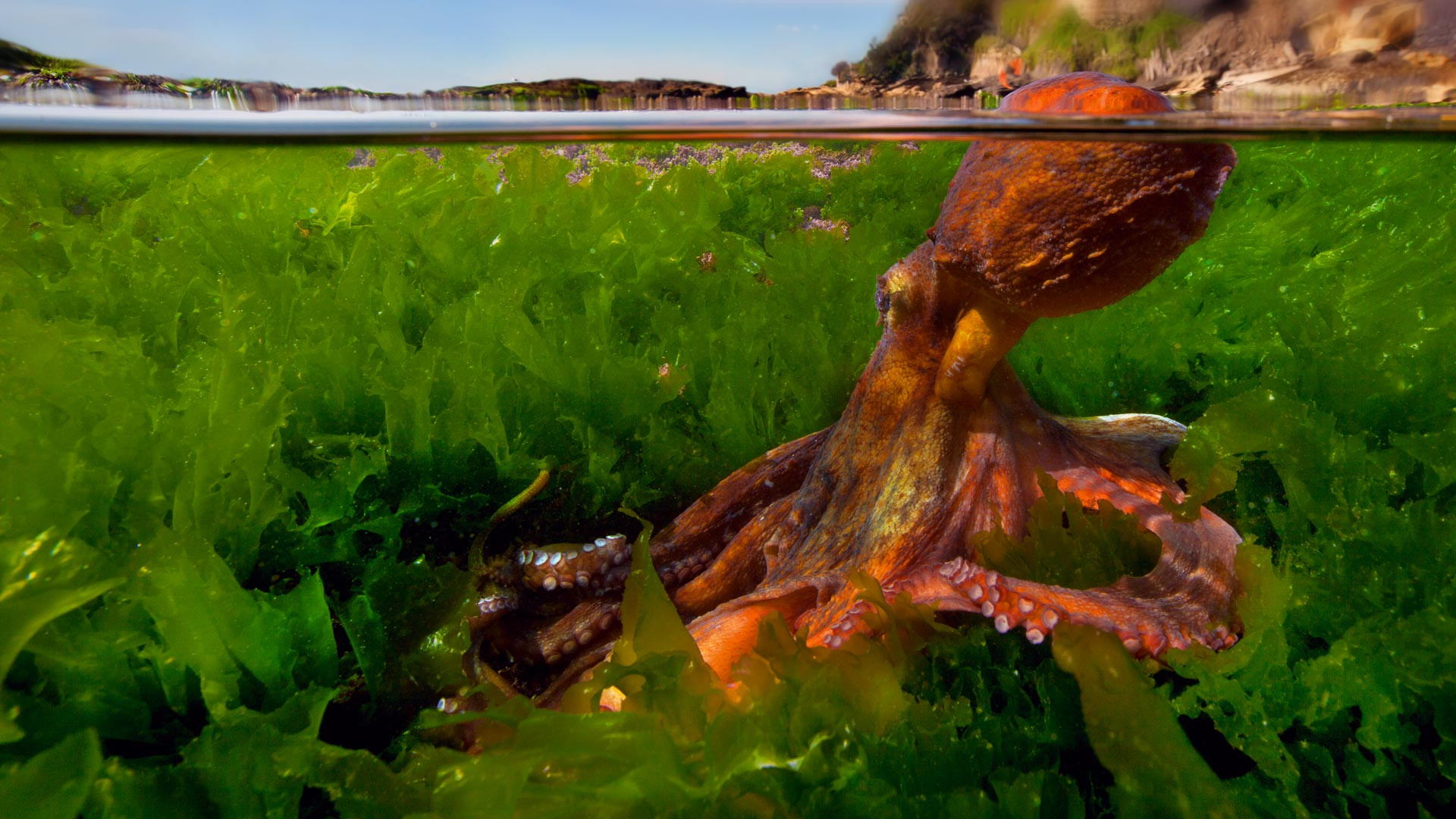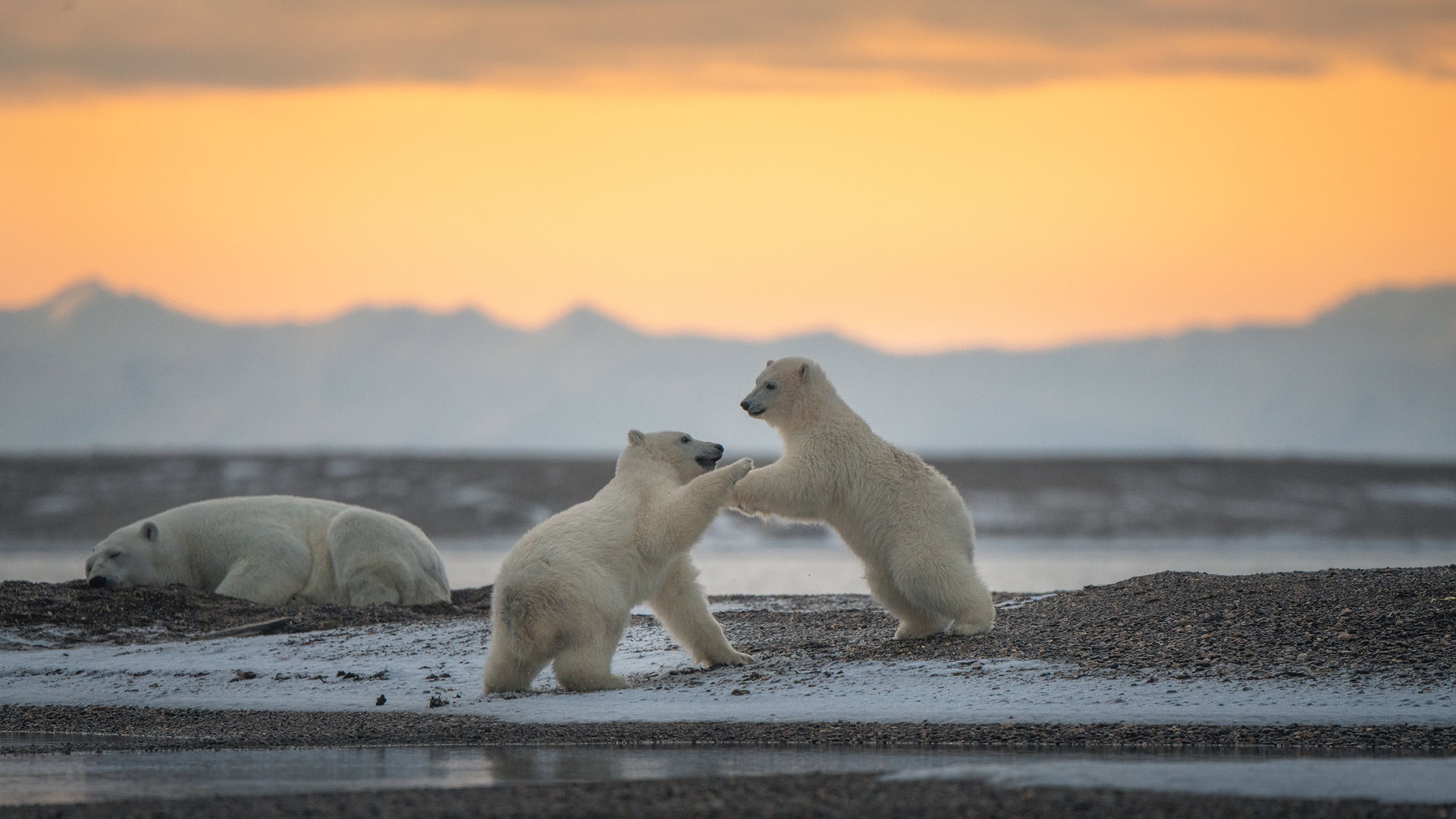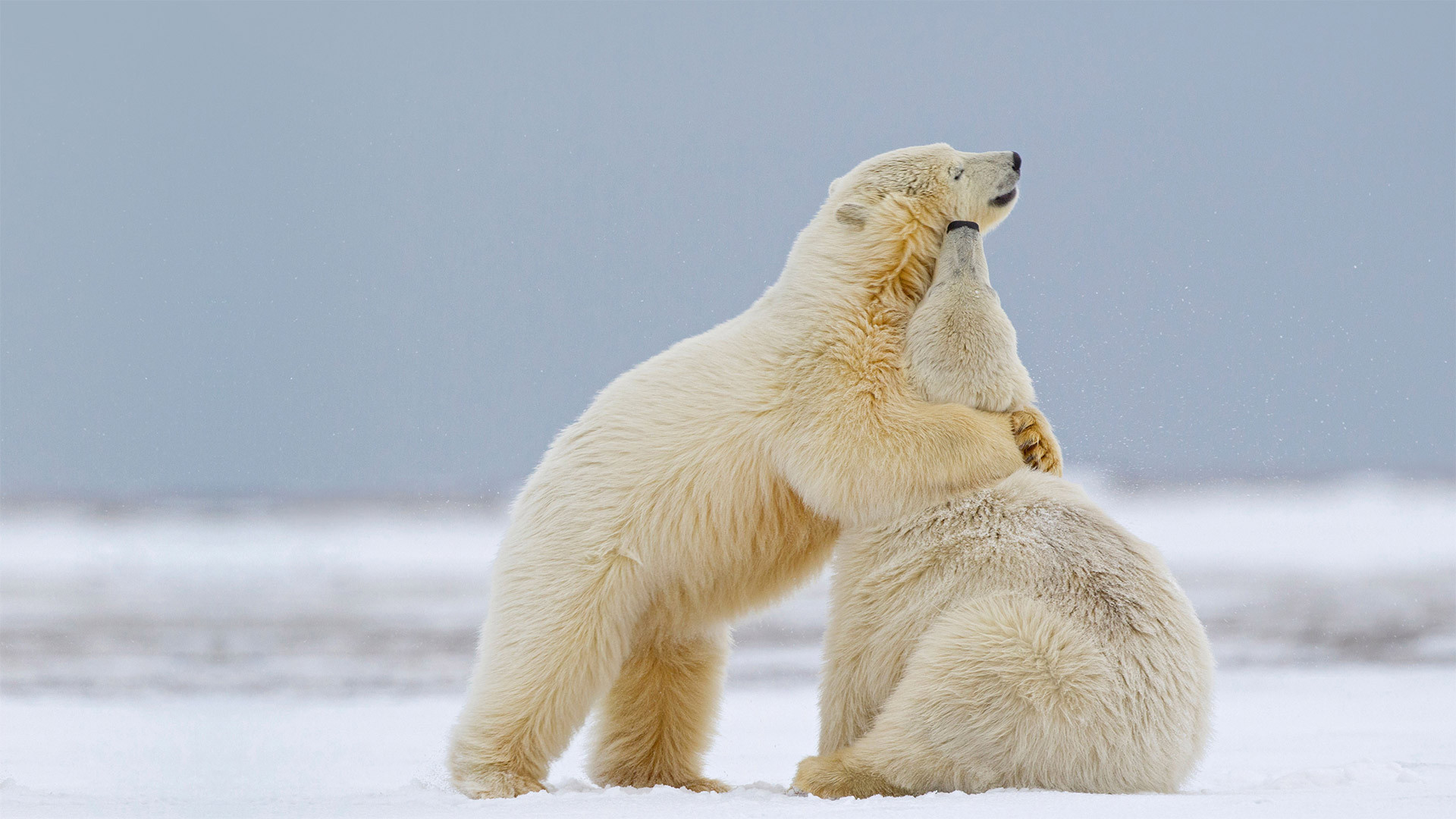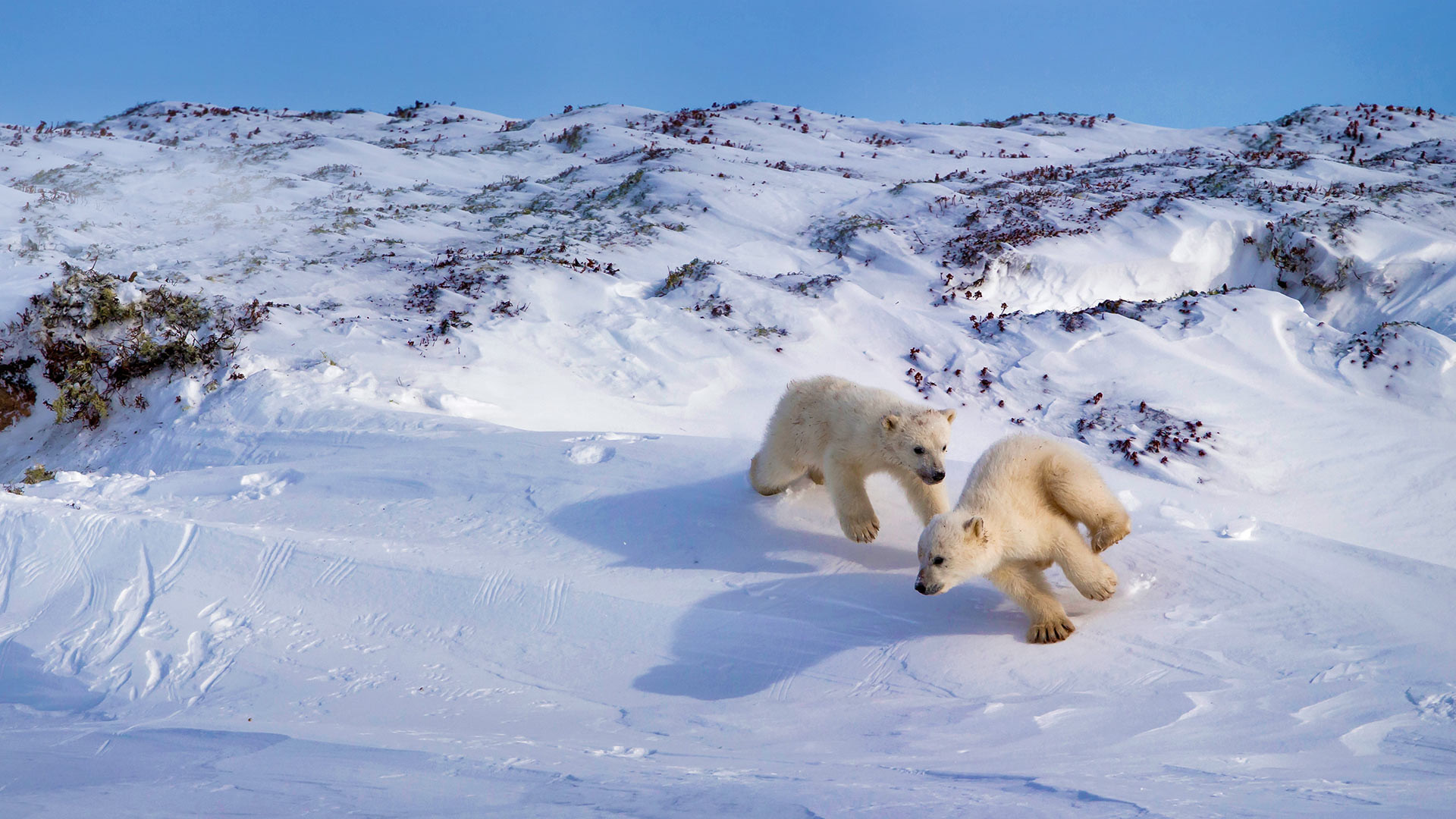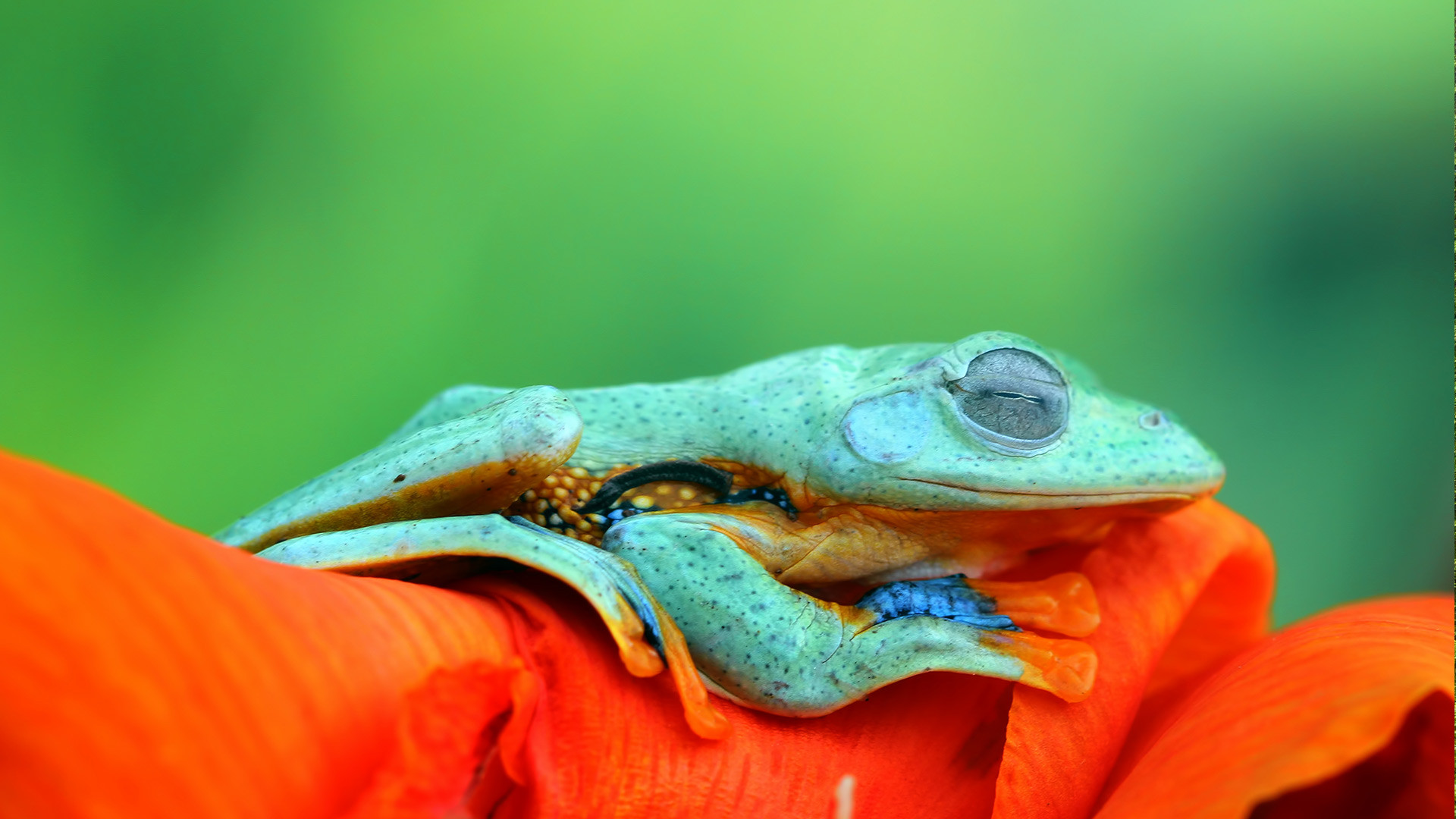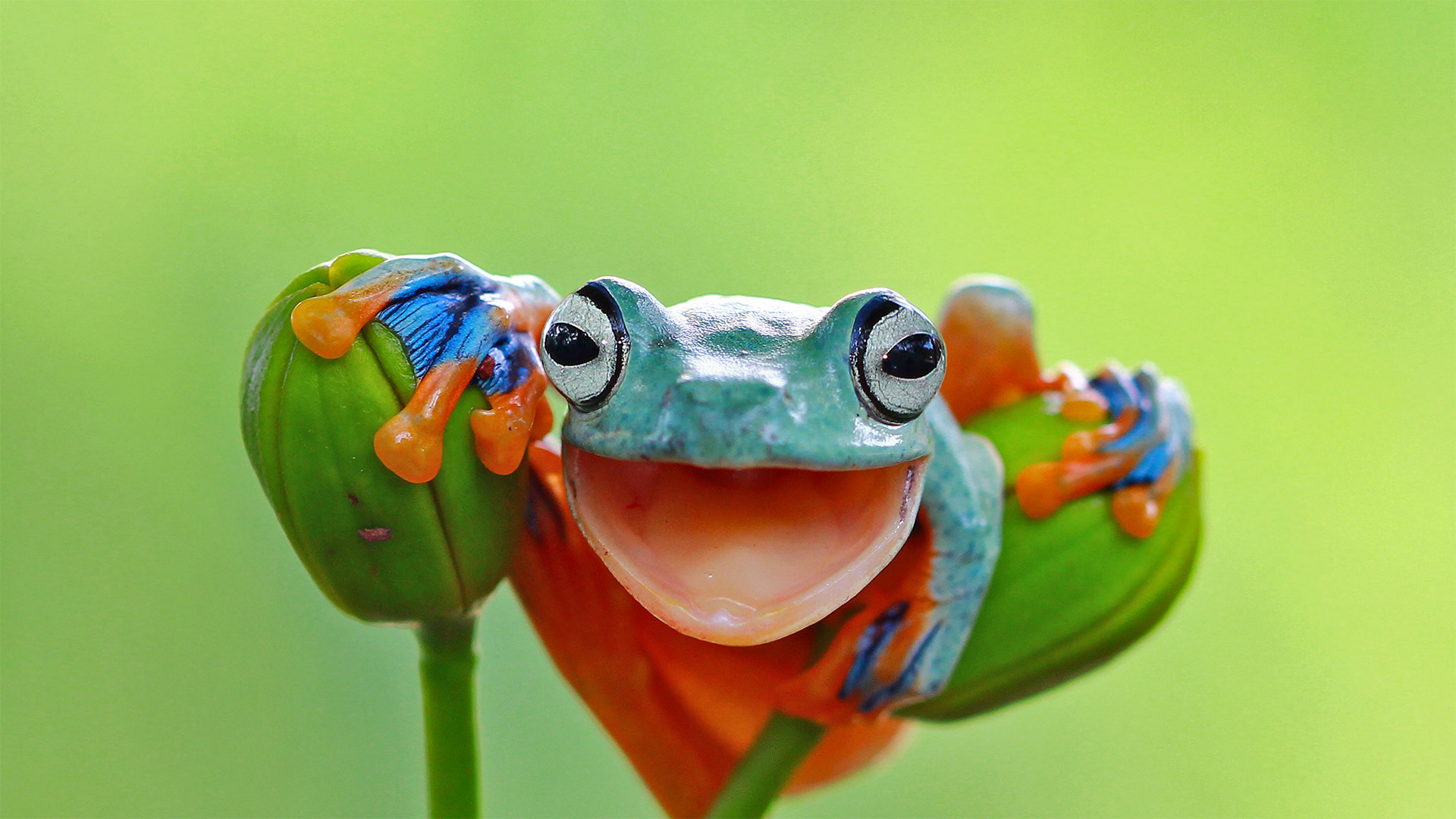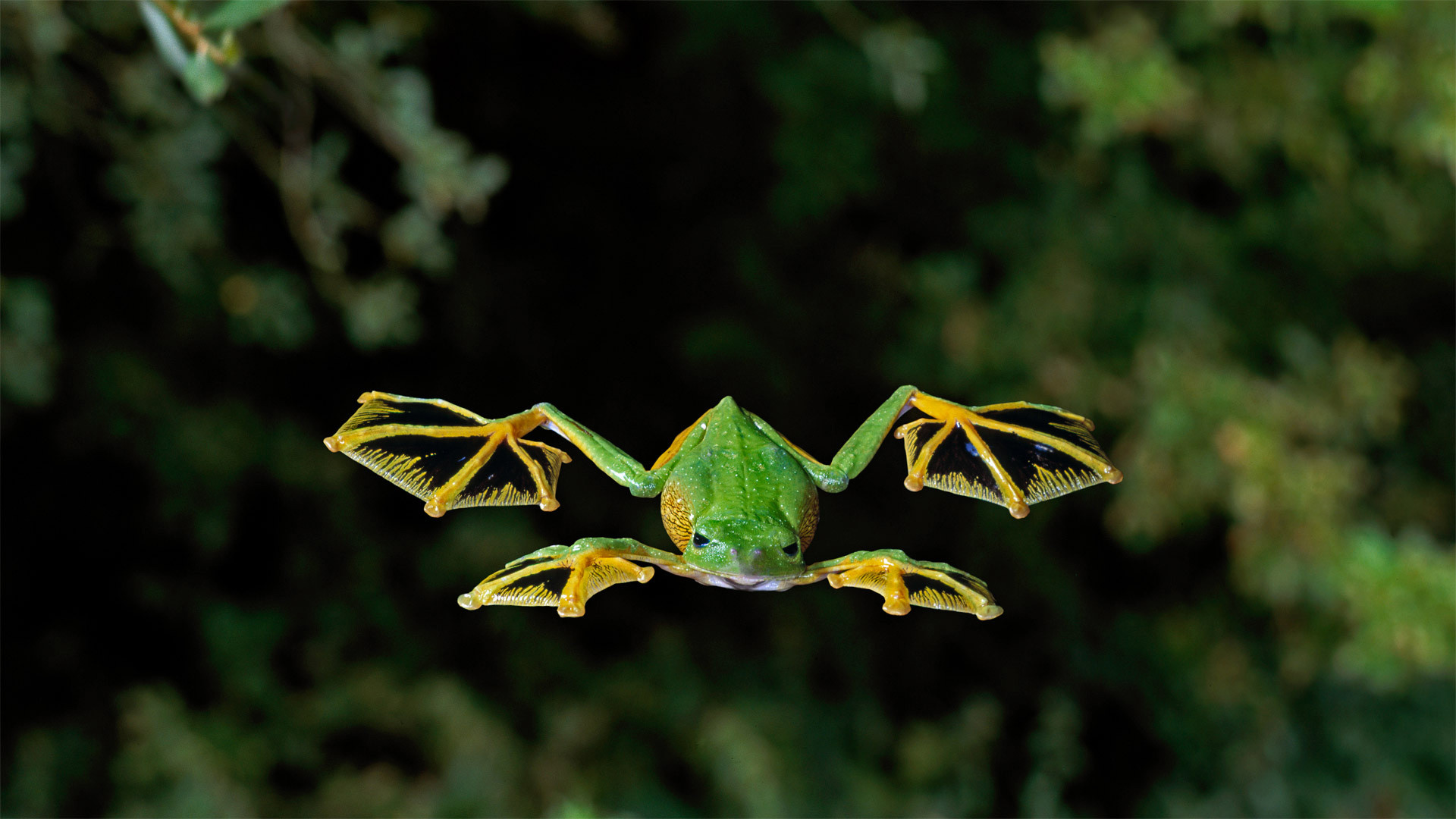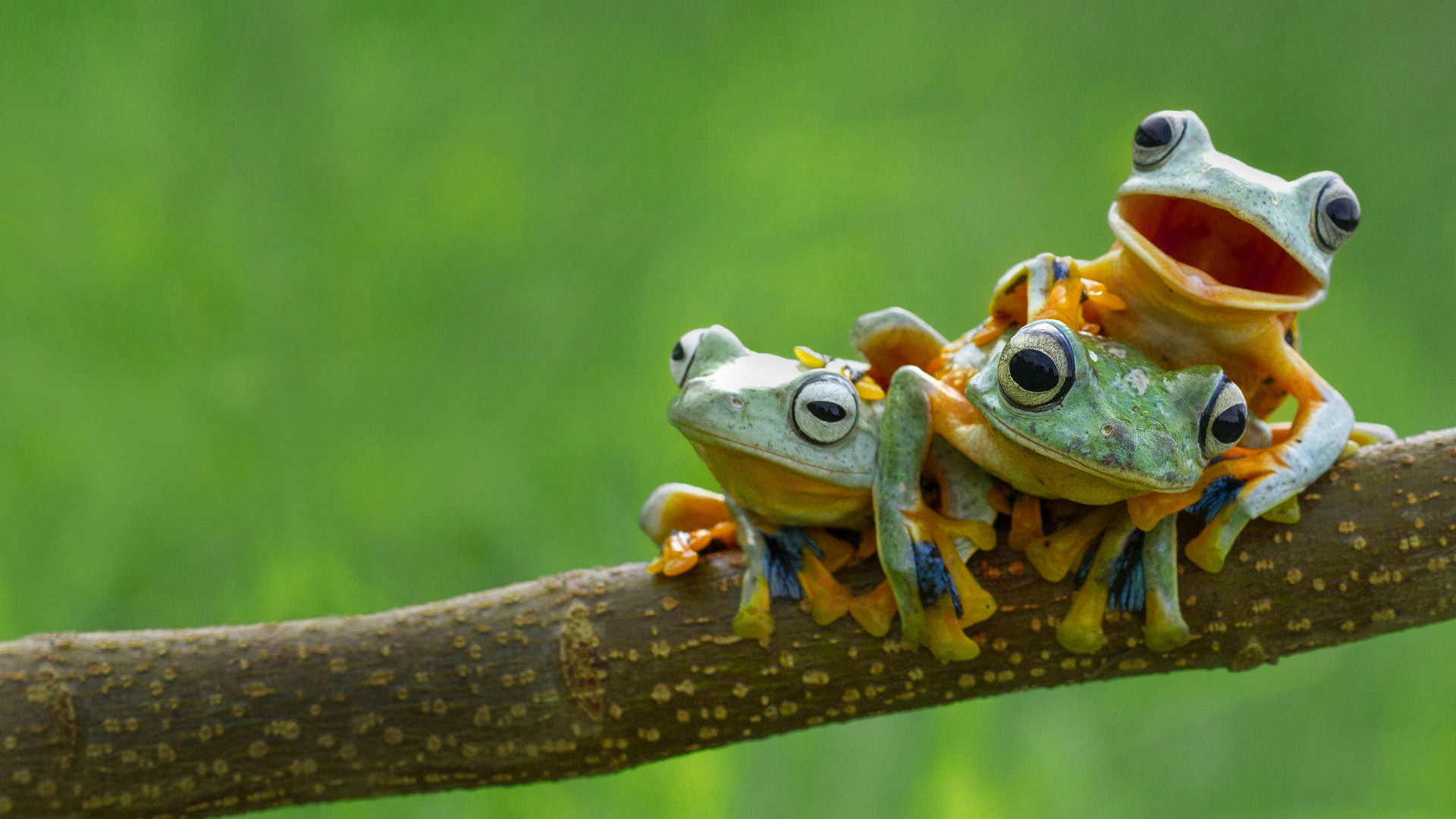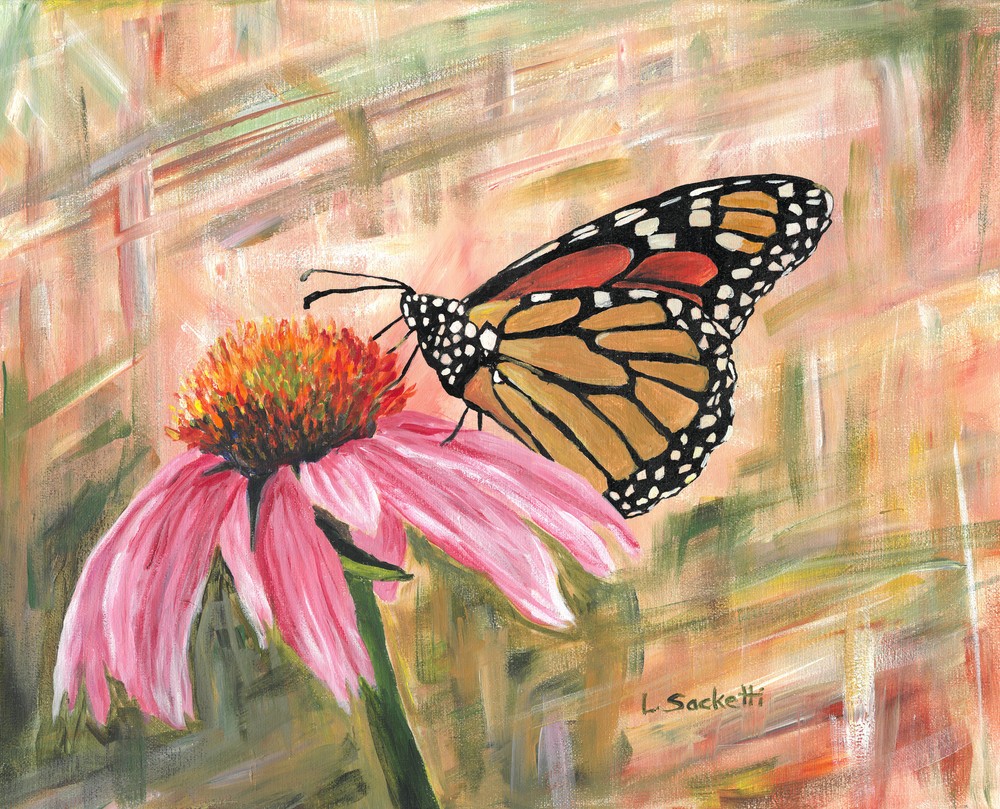No trip to Olympic National Park in the state of Washington would be complete without a stop at the Tree of Life, a mysterious tree suspended in the air over a parted cliff along the Pacific coast, clinging to the earth by just a few roots.
Originally the Tree of Life was just another spruce tree, but then, in the 1960s, at Kalaloch Campground, near the Kalaloch Lodge, a culvert was built to redirect water just a few hundred yards away. A minor bit of engineering, but that newly directed water made its way to the beach and began to carve out a tiny canyon — one that moved right under this spruce tree growing on the sandy bluff.
Shaped like a giant bonsai, its upper limbs have grown to endure the winds off the ocean. A stream trickles underneath, a modest burble that has nevertheless sculpted a cavern into being, washing away enough clay and dirt underneath the tree to expose its tentacles, whilst its remaining anchors clutch either side even as many of its roots now reach to nowhere.
A natural wonder, something delicate yet representing enormous tenacity, the Tree of Life has become one of the Olympic Peninsula’s best-known attractions.
